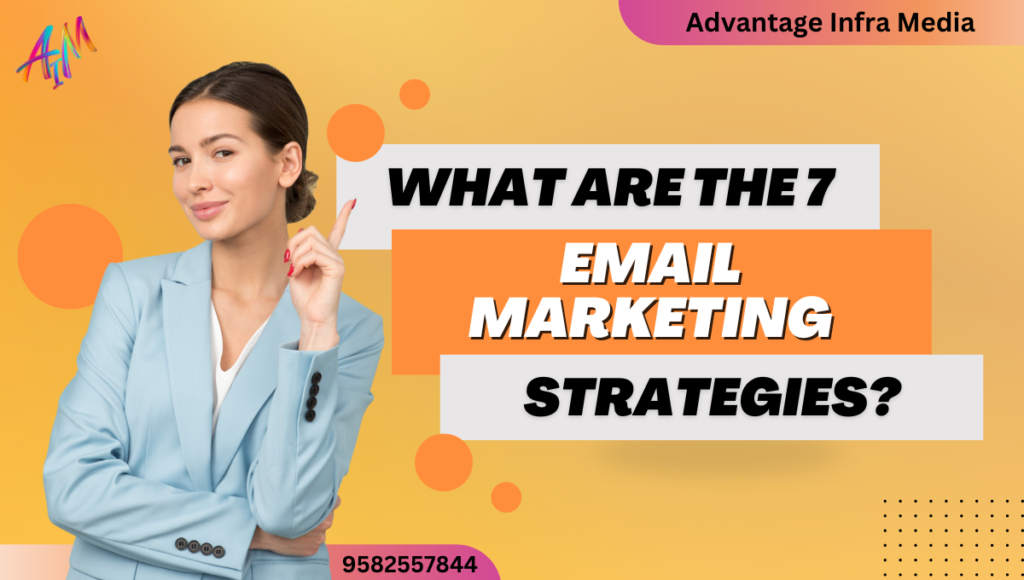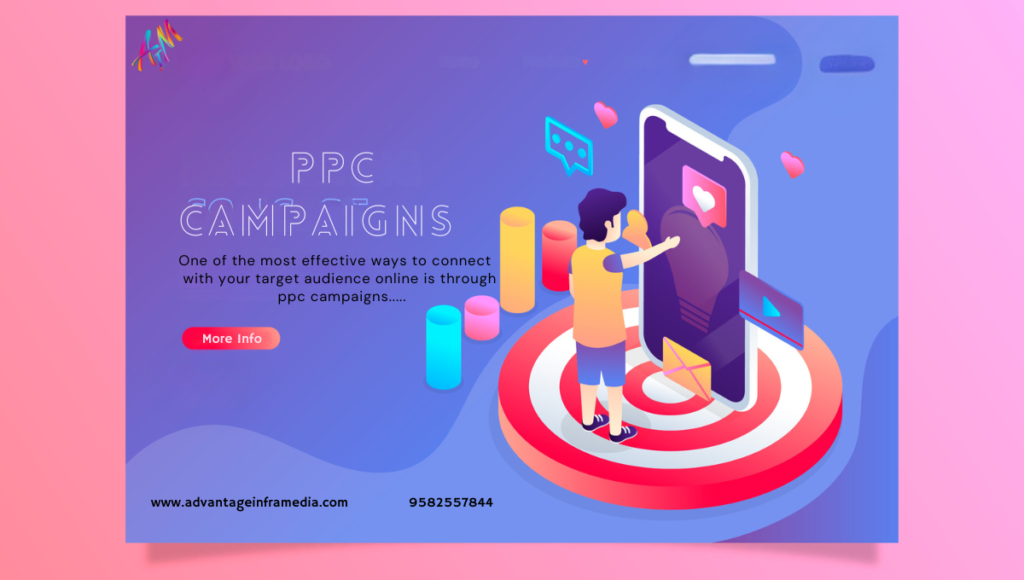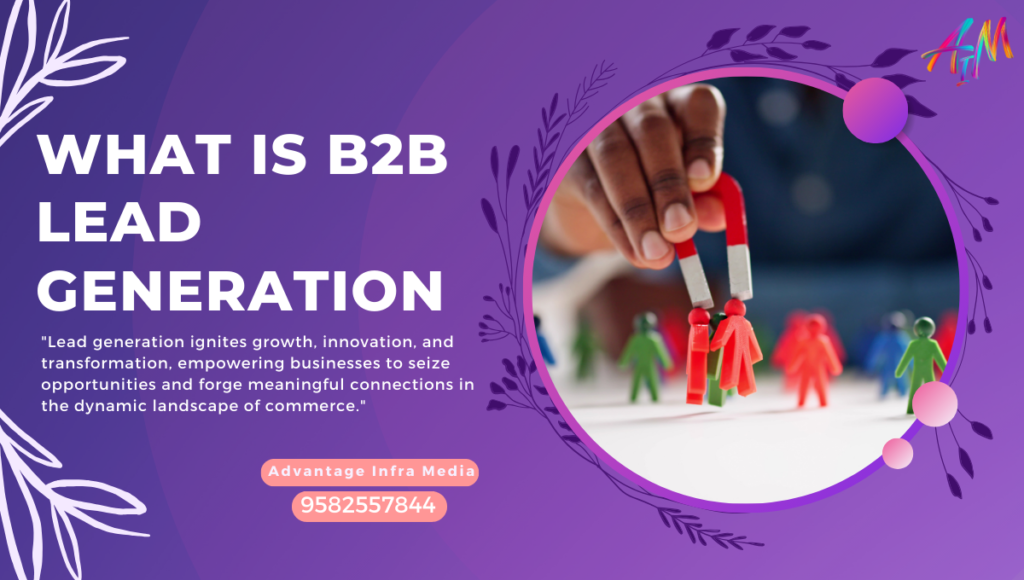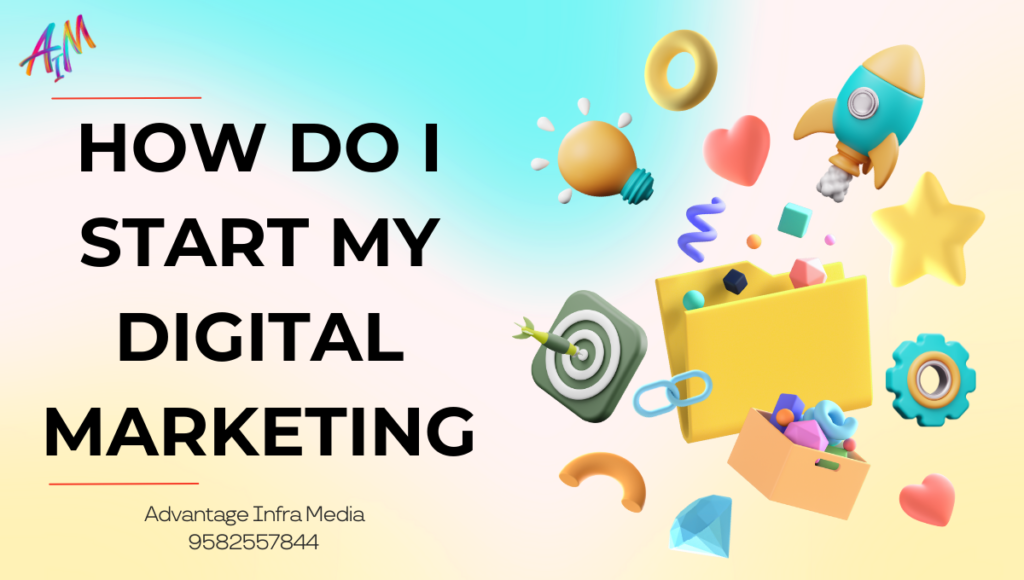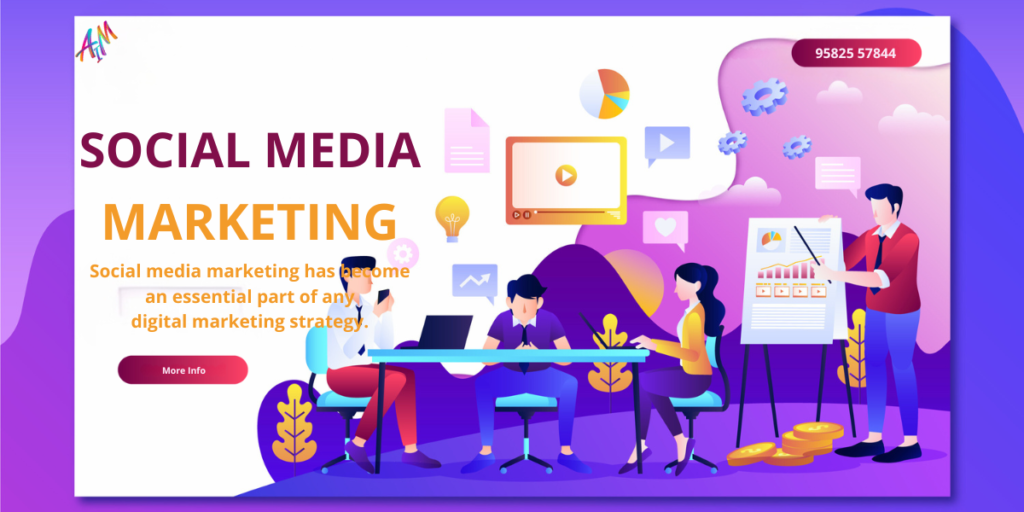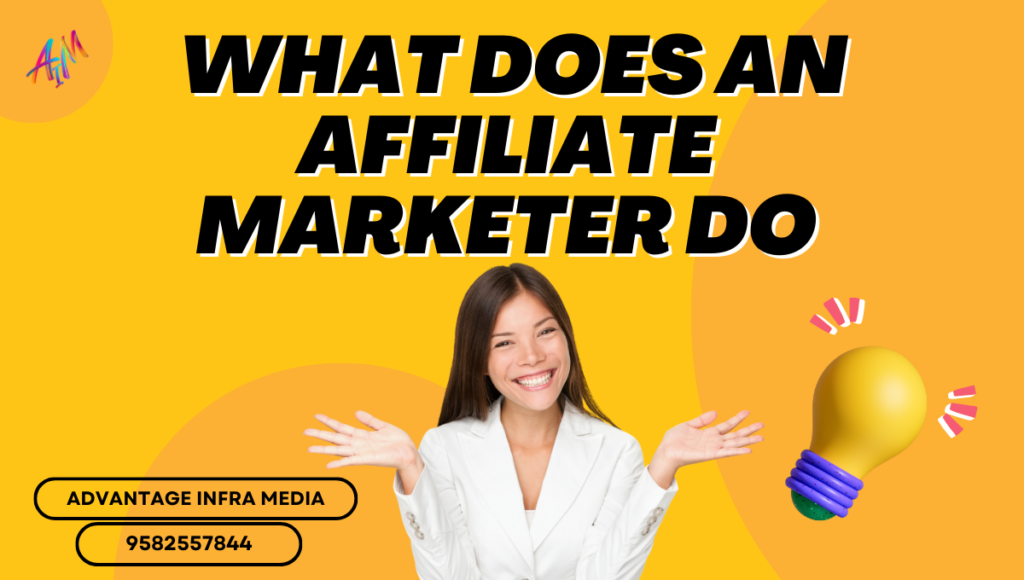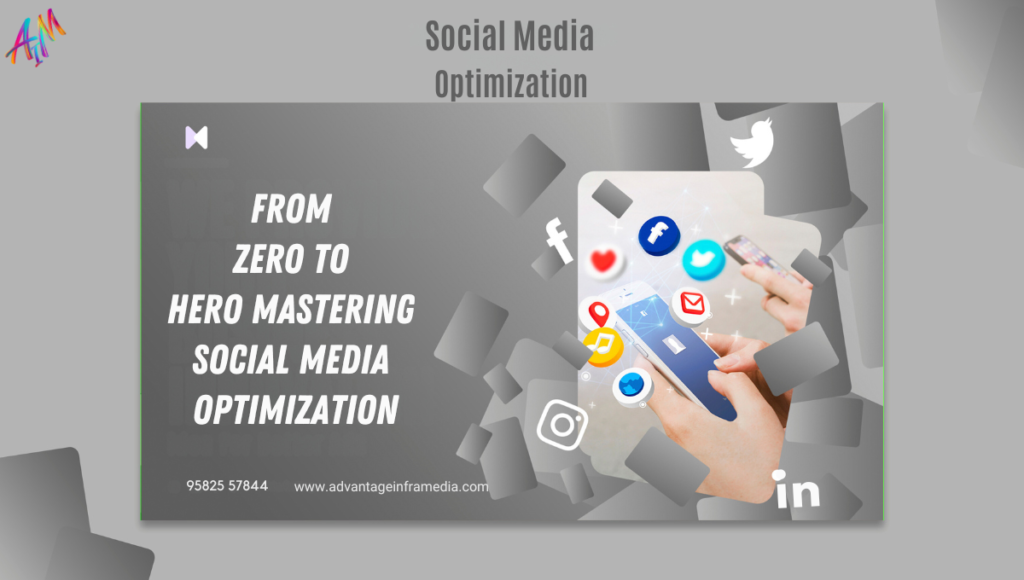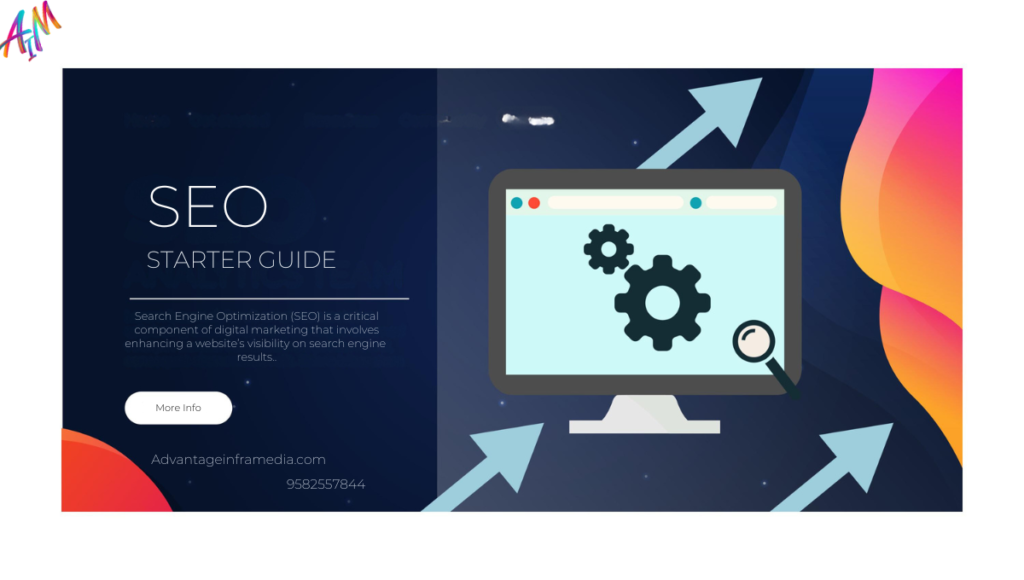What are the 7 email marketing strategies?
Introduction In the age of digital marketing, email marketing remains one of the most effective tools for engaging with audiences and driving conversions. Despite the rise of social media and other forms of communication, email marketing continues to offer a high return on investment (ROI). To harness its full potential, it’s crucial to employ well-thought-out strategies that can capture and retain your audience’s attention. In this comprehensive guide, we will explore seven essential email marketing strategies that can help you maximize your campaigns’ effectiveness. (What are the 7 email marketing strategies) 1. Building a Quality Email List The Importance of Quality over Quantity The foundation of any successful email marketing campaign is a robust email list. However, it’s not just about having a large number of subscribers; the quality of your list matters even more. Engaged and interested subscribers are more likely to open your emails, click on links, and convert into customers. (What are the 7 email marketing strategies) Strategies for Building Your List 1. Opt-In Forms and Landing Pages Create compelling opt-in forms and landing pages to capture visitor information. Ensure these forms are simple and highlight the benefits of subscribing. Offering incentives like discounts, free e-books, or exclusive content can significantly boost your sign-up rates. Example: A clothing retailer could offer a 15% discount on the first purchase in exchange for subscribing to their newsletter. 2. Content Upgrades Content upgrades are specific to a piece of content and provide additional value. For instance, if you have a blog post on email marketing, offer a downloadable PDF checklist related to the post in exchange for an email address. Example: A blog post about “10 Tips for Effective Email Campaigns” could include a downloadable template for planning email campaigns as a content upgrade. 3. Social Media Promotion Leverage your social media channels to promote your email list. Use engaging posts, stories, and ads to direct followers to your sign-up forms. Example: Run a Facebook ad campaign promoting an exclusive e-book available only to email subscribers. 4. Webinars and Events Hosting webinars and virtual events can be an excellent way to collect email addresses. Require registration for attendance and promote these events through various channels. Example: A software company could host a free webinar on “Optimizing Your Workflow with Our Software” and collect emails during registration. 2. Crafting Compelling Subject Lines The Gateway to Your Email Content The subject line is the first thing your recipients see, and it plays a crucial role in whether your email gets opened. A well-crafted subject line can pique curiosity, create urgency, and convey the value of your email content. Best Practices for Subject Lines 1. Keep It Short and Sweet Aim for subject lines that are around 40-50 characters long. Shorter subject lines are easier to read on mobile devices and quickly convey the message. Example: “Exclusive Offer Inside – Open Now!” 2. Use Personalization Personalizing subject lines with the recipient’s name or other relevant information can increase open rates. For example, “John, Here’s a Special Offer Just for You!” 3. Create a Sense of Urgency Subject lines that create urgency or scarcity can prompt immediate action. Phrases like “Limited Time Offer” or “Only a Few Spots Left” can be effective. Example: “Last Chance to Save 20% – Sale Ends Tonight!” 4. Be Clear and Direct While creativity is important, clarity should not be sacrificed. Ensure your subject line clearly communicates the email’s value, such as “Save 20% on Your Next Purchase.” Example: “Upgrade Your Wardrobe – 20% Off All New Arrivals” 3. Segmentation and Personalization Relevance is Key Segmentation involves dividing your email list into smaller groups based on specific criteria, such as demographics, past purchase behavior, or engagement level. Personalized emails, tailored to these segments, are more relevant and engaging. (What are the 7 email marketing strategies) How to Segment Your List 1. Demographic Information Segment your list based on age, gender, location, and other demographic factors. This allows you to tailor your messaging to different audience segments. Example: A travel agency could send different vacation packages to families, couples, and solo travelers based on their demographic data. 2. Behavioral Data Use data on past purchases, website interactions, and email engagement to create segments. For instance, send special offers to customers who frequently purchase from you or re-engagement emails to those who haven’t interacted with your emails recently. Example: An e-commerce store could send personalized product recommendations based on the recipient’s browsing history. 3. Preferences and Interests Allow subscribers to choose their preferences and interests during the sign-up process. This information can help you send more relevant content and offers. Example: A newsletter could offer different categories like “Tech News,” “Health Tips,” and “Travel Guides,” allowing subscribers to select their preferred topics. Personalization Techniques 1. Dynamic Content Use dynamic content to display different images, texts, or offers within the same email based on the recipient’s segment. This makes your emails more relevant to each individual. Example: An email promoting a new product could show different images and descriptions based on the recipient’s previous purchases or browsing behavior. 2. Personalized Recommendations Leverage past purchase data to recommend products or services that align with the recipient’s interests. For example, “We thought you might like these new arrivals based on your previous purchases.” Example: A bookstore could send personalized book recommendations based on the genres a customer has previously purchased. 4. Engaging Email Marketing Content The Heart of Your Campaigns Compelling content is what keeps your subscribers opening and engaging with your emails. Whether it’s educational, promotional, or entertaining, your content should provide value and resonate with your audience. Types of Engaging Content 1. Educational Content Offer insights, tips, and how-to guides related to your industry. This positions your brand as an authority and provides real value to your subscribers. Example: A fitness brand could send weekly workout tips and nutritional advice to its subscribers. 2. Promotional Offers Send exclusive deals, discounts, and special offers to your subscribers. Ensure these promotions are time-limited
What are the 7 email marketing strategies? Read More »
Blog
